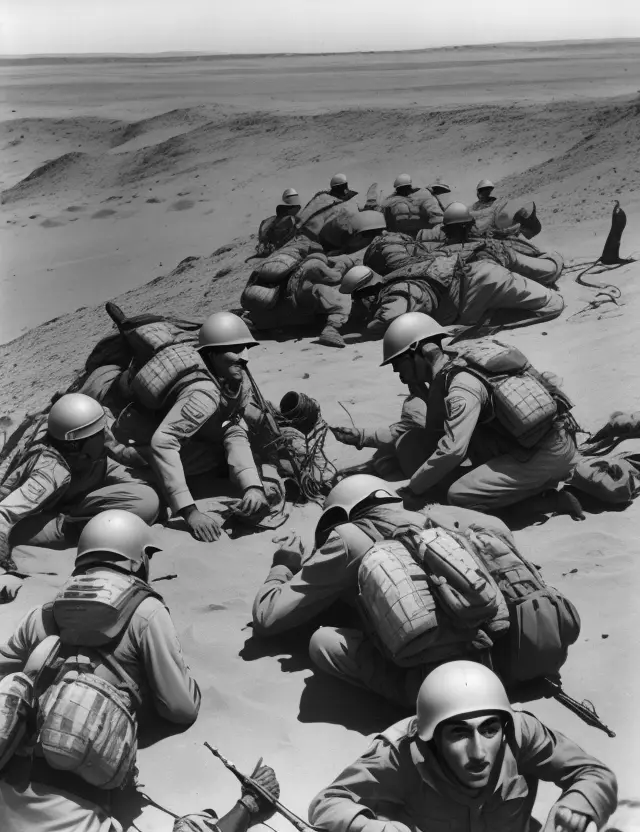
On October 23, 1942, a crucial and momentous battle began in the deserts of North Africa—the Second Battle of El Alamein. This battle would prove to be a turning point in the North African campaign of World War II, with far-reaching implications for the Allied forces.
The North African Campaign
The North African campaign was a significant theater of World War II, where Allied forces faced off against the Axis Powers, primarily Nazi Germany and Italy. The control of North Africa held strategic importance.
The First Battle of El Alamein
The First Battle of El Alamein had taken place earlier in 1942, resulting in a stalemate and setting the stage for the Second Battle.
Leadership and Strategy
The Allied forces, led by General Bernard Montgomery, had carefully planned and prepared for the Second Battle of El Alamein. Montgomery's strategic acumen and leadership were critical to the operation.
The Desert War
The North African theater was characterized by harsh desert conditions and intense fighting. Both sides had experienced significant victories and defeats in the region.
Opening Moves
The Second Battle of El Alamein began with an extensive artillery bombardment, signaling the start of a renewed offensive by the Allies.
The Turning Point
The battle marked a decisive shift in the fortunes of the North African campaign. The Allied forces achieved a breakthrough, pushing the Axis forces back and gaining control of crucial territory.
Operation Lightfoot and Supercharge
The battle featured key operations, including "Operation Lightfoot," which aimed at breaching the enemy's defensive minefields, and "Operation Supercharge," which was a successful armored attack that led to the breakthrough.
The Pursuit of Rommel
The defeat of the Axis forces in the Second Battle of El Alamein set the stage for the pursuit of the Axis commander, Field Marshal Erwin Rommel, as the Allied forces advanced westward.
The Impact
The victory in the Second Battle of El Alamein boosted Allied morale, secured vital supply lines in the Mediterranean, and paved the way for further offensives in North Africa and, ultimately, the liberation of Europe.
The Second Battle of El Alamein, commencing on October 23, 1942, was a turning point in the North African campaign of World War II. It demonstrated the effectiveness of strategic planning, leadership, and the determination of the Allied forces, leading to a significant shift in the balance of power in the region.



